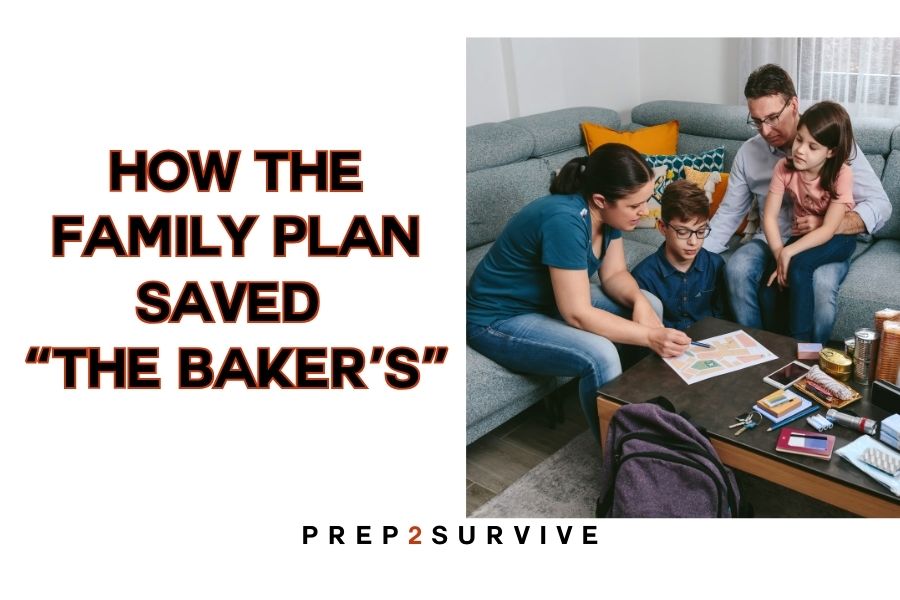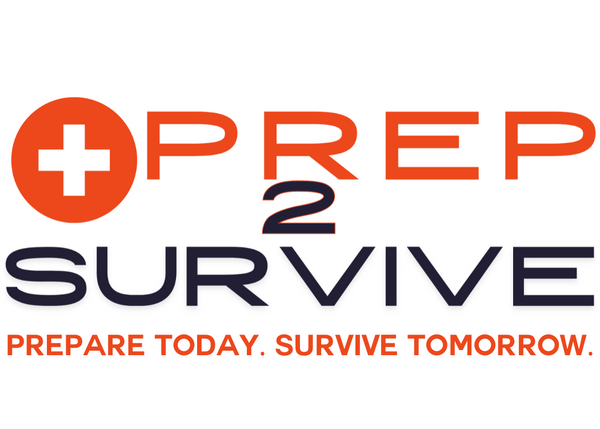
Create a Family Emergency Plan (Before Life Forces You To)
Emergencies don’t send calendar invites.
They show up unannounced, flip your routine upside down, and leave you scrambling if you don’t have a plan. The good news? A solid family emergency plan takes the chaos out of crisis. Here’s where to start:
1. Establish Communication Protocols
When disaster hits, cell towers may be down, texts might not send, and Wi-Fi is a distant dream. That’s why your family needs a backup plan:
- Choose an out-of-town contact (a relative or friend) who everyone can call if local lines are jammed.
- Decide on a messaging system—like writing notes on the fridge or using a two-way radio—if phones are useless.
- Practice it so everyone knows how to reach each other when tech fails.
2. Designate Meeting Points
Don’t just say, “We’ll meet up later.” Be specific. Pick:
A local spot (like a neighbor’s house or community center) within walking distance.
A regional spot (a relative’s house or friend’s place in another town) if evacuation is needed.
This way, no matter where each family member is, there’s no guesswork.
3. Create an Emergency Contact List
Sure, numbers live in your phone—until your battery dies or service drops. Write down:
- Family members’ phone numbers
-
Work and school contacts
- Your out-of-town contact
- Important medical info
Keep copies in backpacks, wallets, and vehicles.
Real-Life Example: The Bakers of Paradise, California
When the 2018 Camp Fire tore through Paradise, California, cell service and GPS went down instantly. Families were left scrambling—except the Bakers.
Here’s why they made it out safely:
- They had practiced their plan over and over.
- Their kids knew to walk to a neighbor’s house just two blocks away.
- The parents, stuck at work, took backroads they’d memorized (without GPS!) and met their kids at the neighbor’s.
- Together, they evacuated to their pre-planned long-distance meeting spot—a relative’s home 45 minutes away.
The Bakers later said it wasn’t luck or fancy gear that saved them. It was their plan—and practicing it until it felt automatic.
Bottom Line
Your emergency plan doesn’t have to be complicated, but it does have to be clear and practiced. Communication protocols, meeting points, and a written contact list are the backbone. Add regular drills, and your family will have muscle memory that kicks in when chaos tries to take over.
Grab this quick and easy, Family Emergency Plan checklist - FREE!
